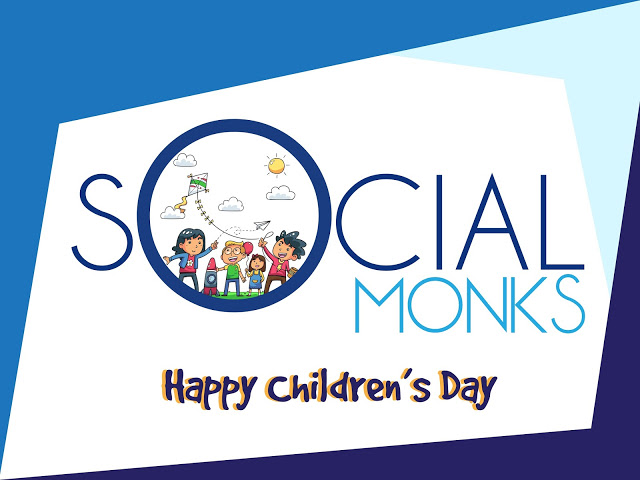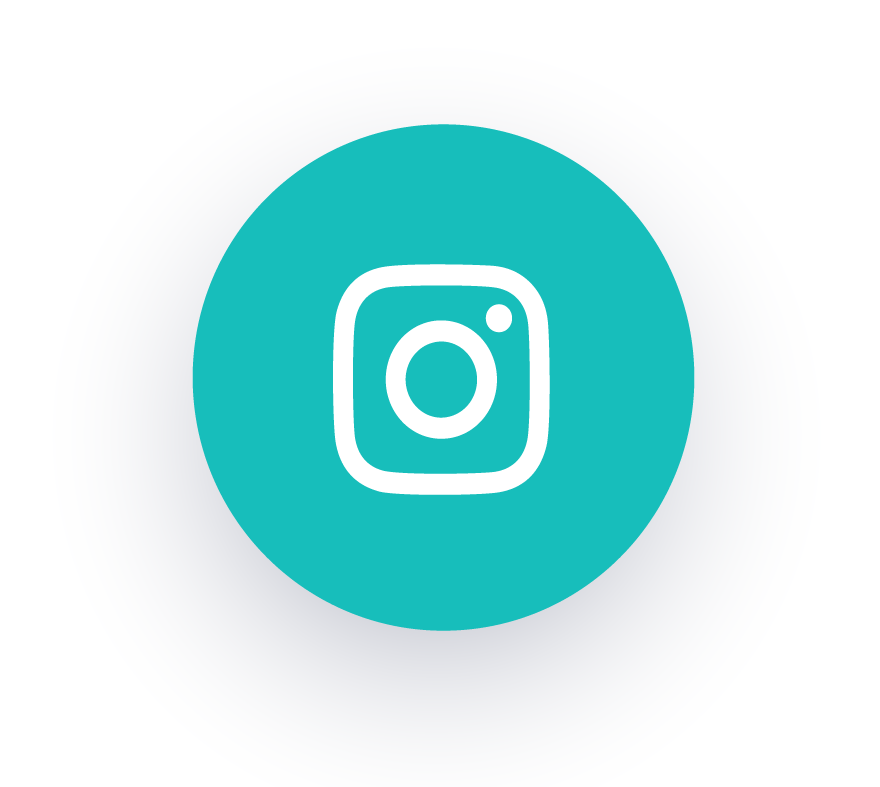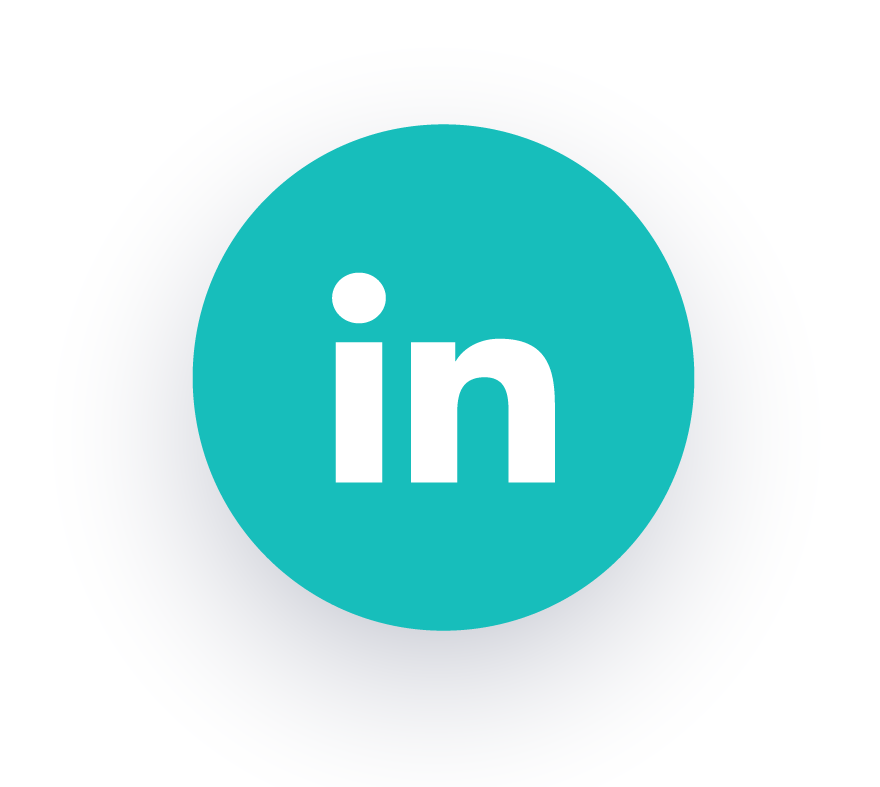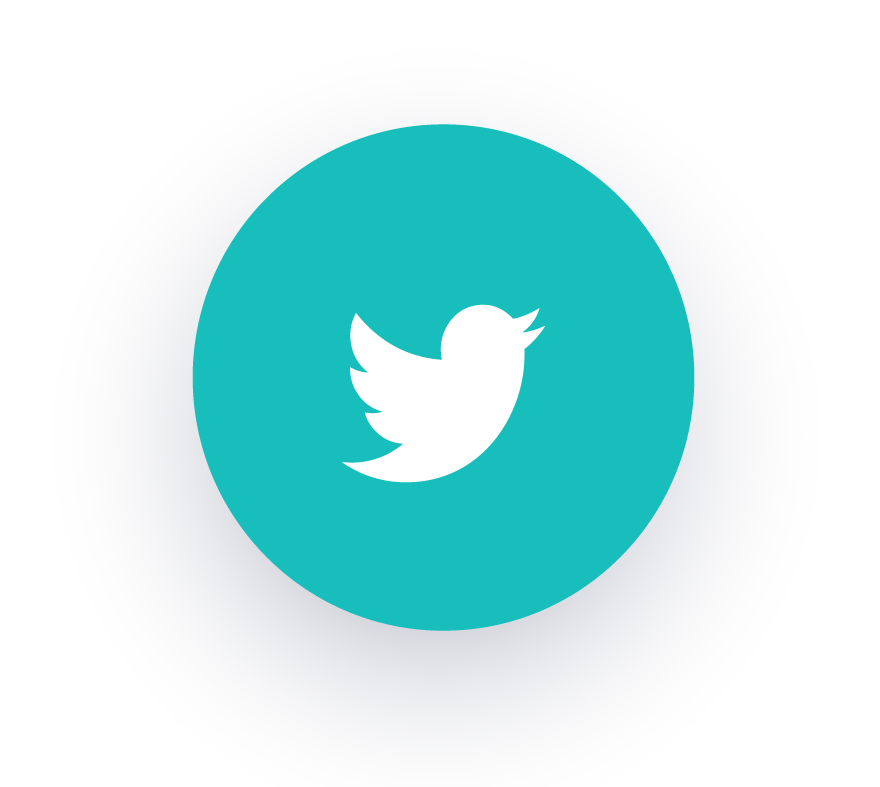February 14, 2017
Brands that have become Verbs
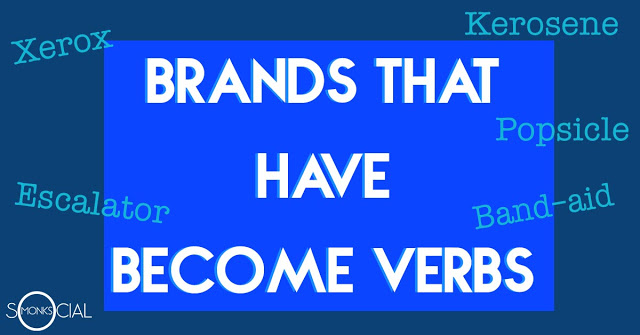
“Let’s google it”, a phrase frequently used by all of us. Can’t find a location? Google it, comes the answer. Want to know about something – Google it. Indeed “Google” has become synonymous to the verb “search”, so much so that we use in our daily conversations. In reality, we all know what actually it is. A search engine created by Bill Gates company Microsoft. We rely on Google so much that it has become our daily activity. Googling has become one of our natural activities like walking, running, sleeping etc.
Quite similar to GOOGLE, there are certain commodities which have become a part of our daily life. As a result the brand names of these products play a dominant role in our vocabulary. Such brands have become generic names representing those products. Here is list showcasing such brands names.
Band–aid: A slight cut or a big tear, band-aid comes to rescue. The sticky adhesive band used to seal a cut wound was created by Johson&Johson in June 1920[1]. An employee of the company Earle Dickson hit upon this idea while thinking a way out for the frequent wounds encountered by his wife. Thus, started the idea which empowered self-treatment techniques. First released products are handmade. Then in 1951, they introduced commercially made band-aids which instantly gained popularity.
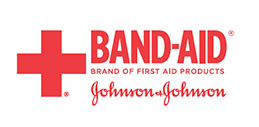
Cellophane : Guess what?The thin transparent sheet we used to cover things is actually a brand name. It is an abbreviation of two materials from which they are made. “Cello” from the plant cell wall material “cellulose” and “phane” from “diaphane”. Swiss chemist Jacques E. Brandenberger created this in 1912 when he was looking to make a cloth which could repel spilled liquids like wine. For this purpose he used viscose for water –proof coating clothes but the fabric became very stiff. Instead the coating material came out as a thin film. This gave him the idea of making a new material - a water-proof coating film.[2] It was first used as a candy wrapper by Whitman’s company.
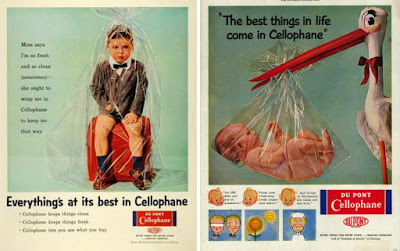
Escalator: The electronically enabled moving staircase has become a part of our life. Everywhere we go there is an escalator to ease the inconvenience of climbing up staircase. In reality, Escalator is a brand name. It is derived from the word “scala” meaning steps. The prefix “E” and suffix “tor” was added to it giving it the meaning traversing from.Charles Seeberger of Otis Elevator Company created this product in 1900. The first commercially available one was manufactured on 1900 and won the prestigious 1900 Exposition Universelle in Paris. However, Otis lost his trademark and the term was declared a generic name by US Patent Office.
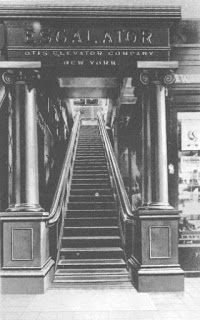
Kerosene : The liquefied combustible substance used in household activities like cooking and other lightning purpose is actually a trademark brand. It is derived from the Greek word of wax, that is, “kerx”. In 1854, Abraham Gesner trademarked it. At first manufacturing rights were only given to two companies - The North American Gas Light Company and the Downer Company. Later it became a generic name and was allowed to be manufactured by other companies.
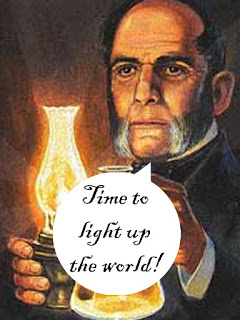
Ping-Pong : Ping-Pong or table tennis – what is the actual term? There are some who think that the chinese call table tennis by this name. Well Ping-pong indeed is a trademark brand! The actual sport is Table Tennis…Phew! Ping pong is a trademark brand dealing with all products related to table tennis. It was registered by the Parker Brothers Inc. However, later it went to Escalade Sports Company.
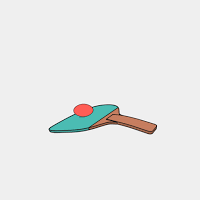
Xerox : “The word is photocopy”, scolded our high school teacher every time we said XEROX. If you belong to this category and still refer photocopy as Xerox out of habit, you need to know this. XEROX is the trademark brand manufacturing photocopying machines. Like all other brand names it is written on the product that is the machine. Hence, shopkeepers and ordinary people know it by this name. In 1947 Haloid Corporation, a New York based photographic paper manufacturer used Chester Carlton’s kitchen electrophotography technique to manufacture a photographier, that is a XEROX machine.Later they named the technique Xerography and the company XEROX.
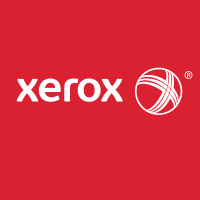
Popsicle: Orange, red , yellow, multi-coloured delicious popsicles sticks – really heaven for children. Alas! They are not called POPSICLES!!!. Yes, you heard it right. Those colourful ice-cream sticks are indeed a trademark brand of the Unilever Company. On a chilly winter night of 1905, a forgetful11-year-old Frank Epperson left some soda water mixture on a stick. In the morning he found the frozen stick. 20years down the line, he banked on his childhood experience to create ice-pops in his lemonade stand. Later Unilever used it to make POPSICLES.
An old man once asked a shopkeeper for a Colgate. “It’s out of stock”, replied the shopkeeper. The oldman said “O.K give me some other type of Colgate in that case”.Product innovation, marketing and positioning has helped these companies in making the generic name of the product a brand itself. So there you go! Bursting your bubble here! Hurry up and flaunt your new found knowledge. Thank us later..
[1] https://en.wikipedia.org/wiki/Band-Aid \ [2] https://en.wikipedia.org/wiki/Cellophane \ [3] http://www.pingpong.com/ \ [4] https://en.wikipedia.org/wiki/Photocopier
Written by Social Monks.

